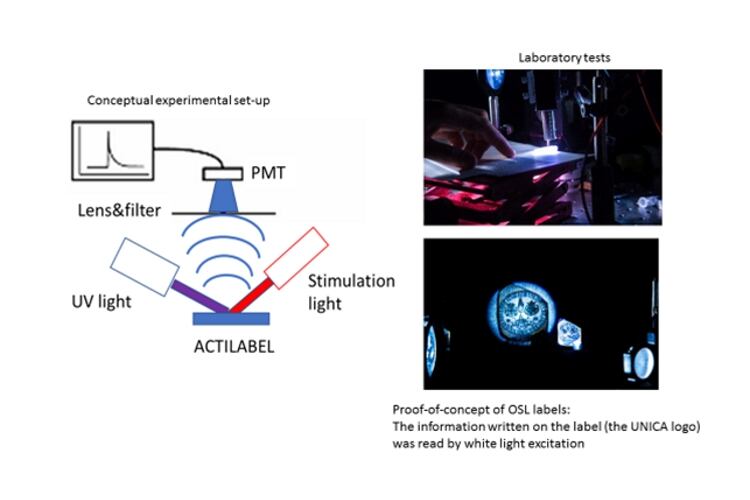Blanket ‘use-by’ dates could be a thing of the past thanks to the new accurate monitoring system being developed by Italian scientists at the University of Cagliari that aims to check the past exposure to warmth and tell whether food is unfit for human consumption.
Around 88m tonnes, equivalent to $169bn of food is wasted every year in the EU alone, based on estimated dates for when food items are no longer safe to eat.
Professor Carlo Carbonaro and his team of researchers at the University of Cagliari have developed low-cost technology to provide precise and reliable indication of whether or not food is still edible.
Carbonaro and his team are working with ACTPHAST 4R – an EU innovation hub designed to give researchers working in academia throughout Europe access to top-level expertise and technologies in photonics to produce demonstrators for their scientific breakthroughs, similar to the supports provided by the separate ACTPHAST 4.0 innovation hub for European companies, especially for SMEs – to further develop their food monitoring device that relies on photonics (the technology of light).
Tracking historic temperatures of perishable food with a handheld scanner and a sticky label that reacts to ultraviolet light, the new technology can monitor past conditions that alter shelf-life.
Creating a historic ‘heat map’ that indicates exposure to warmth, the technology can provide an accurate window of expiration and give food companies a more precise picture of whether a food item has been affected during transit.
Containing a tiny sachet of powder patented by the Italian scientists, the sticky label reacts to the ultraviolet light scanner, indicating the food item’s unique status on a particular day.
Supply chain workers can then assess the likely expiration date against a set of pre-programmed criteria in real-time to optimize the transport of goods - effectively fine-tuning the food item’s use-by date by the time it reaches a supermarket.
Carbonaro said, “Thousands of tons of wasted food can now be saved every year with our highly accurate optical food monitoring label.
“The handheld scanner allows us to extract an average temperature of the food: we exploit UV to activate our labels, and then use visible light to excite the Optically Stimulated Luminescence to read its history - extracting an average temperature which is compared to an expected value.
“Changes in temperatures during transportation can affect the shelf-life of fruit, for example, so we can tell instantly whether the foods have been exposed and how likely this will modify the expiration period. We can add a level of assurance even after a food item has passed its use-by date.”
While the innovation project began approaching the technology from a food waste point of view, it soon became apparent the UV monitoring labels had other beneficial uses.
“Our studies on wine showed that although the expiration period is not necessarily affected by the changes in temperature, the heat can have an impact on flavor, which is a very important criterion for vendors, producers and consumers,” Carbonaro said.
The research team also received business coaching to develop their commercialization strategy for their innovations.
“In parallel with our technical development work, we have also been working with prospective industrial users of the innovation to gain their feedback, so that we can better understand their requirements and validate the application use cases. We hope to license the technology or create a new spin-out company to bring the innovation to market in the next two years.”
As part of the ACTPHAST 4R collaboration, the lead researchers also complete an internship at the relevant photonics competence centre within the ACTPHAST 4R network where they receive hands-on training in working with the cutting-edge photonics technologies that are essential to building their demonstrator.
ACTPHAST 4R operates a continuous open call for researchers who wish to apply for innovation support. Applications can be made online via the ACTPHAST 4R website.

